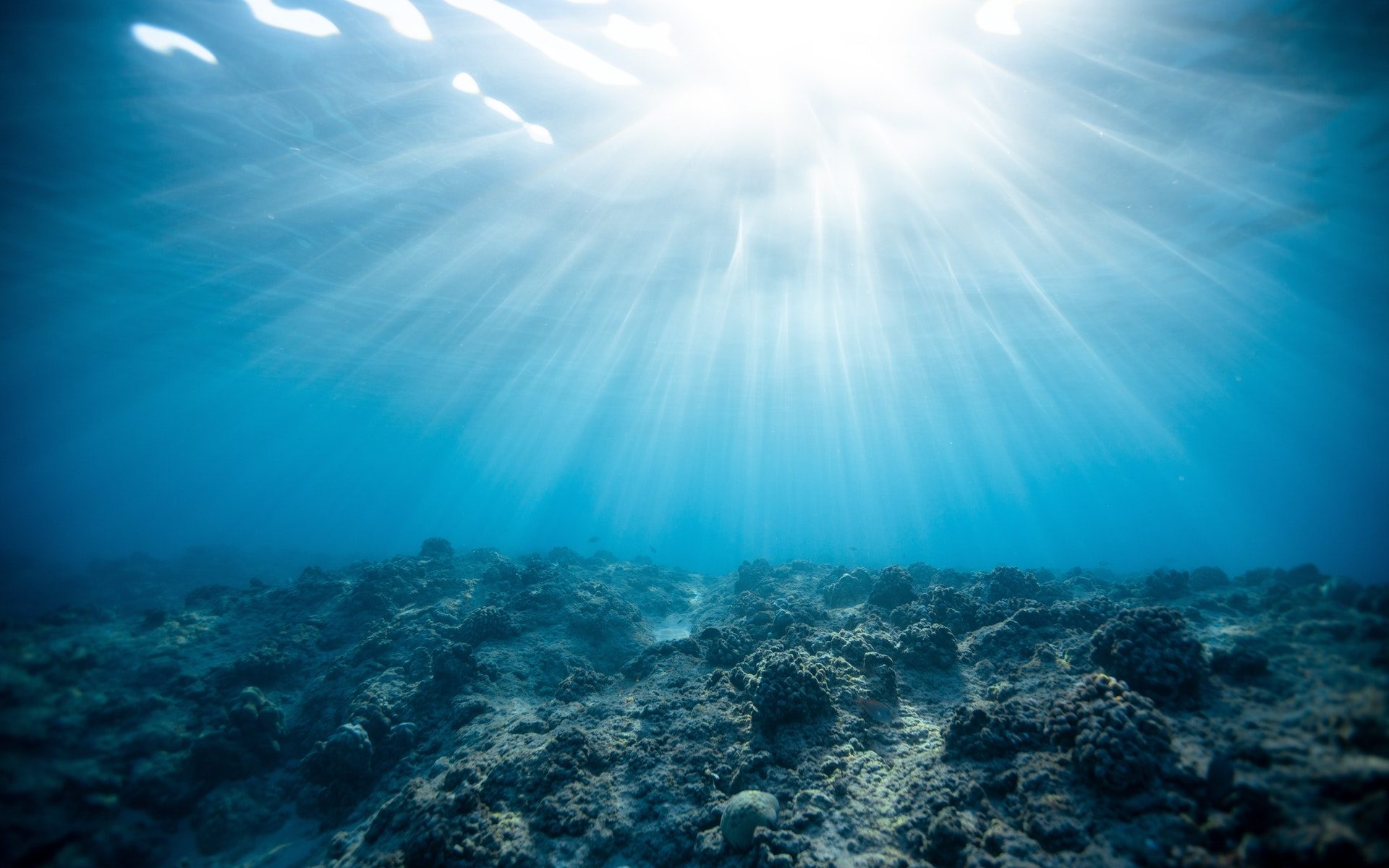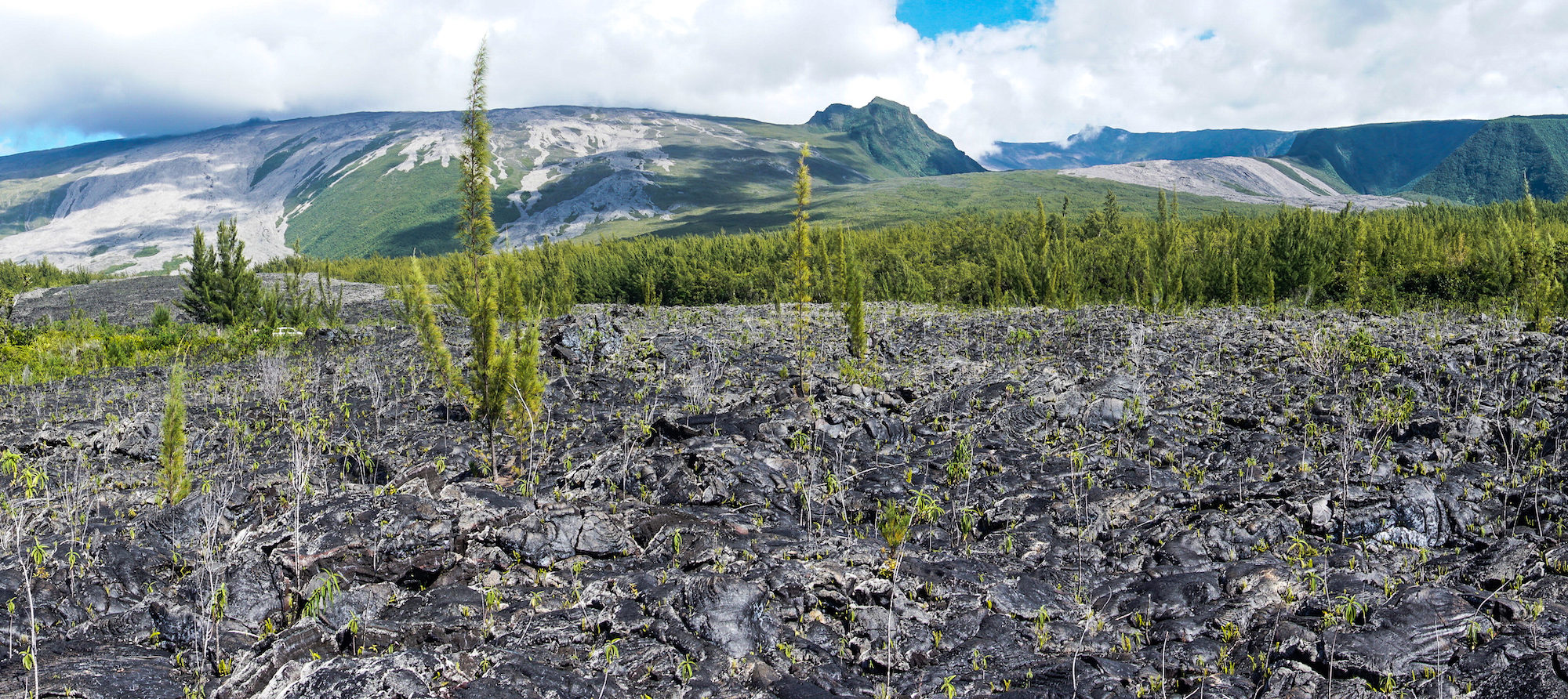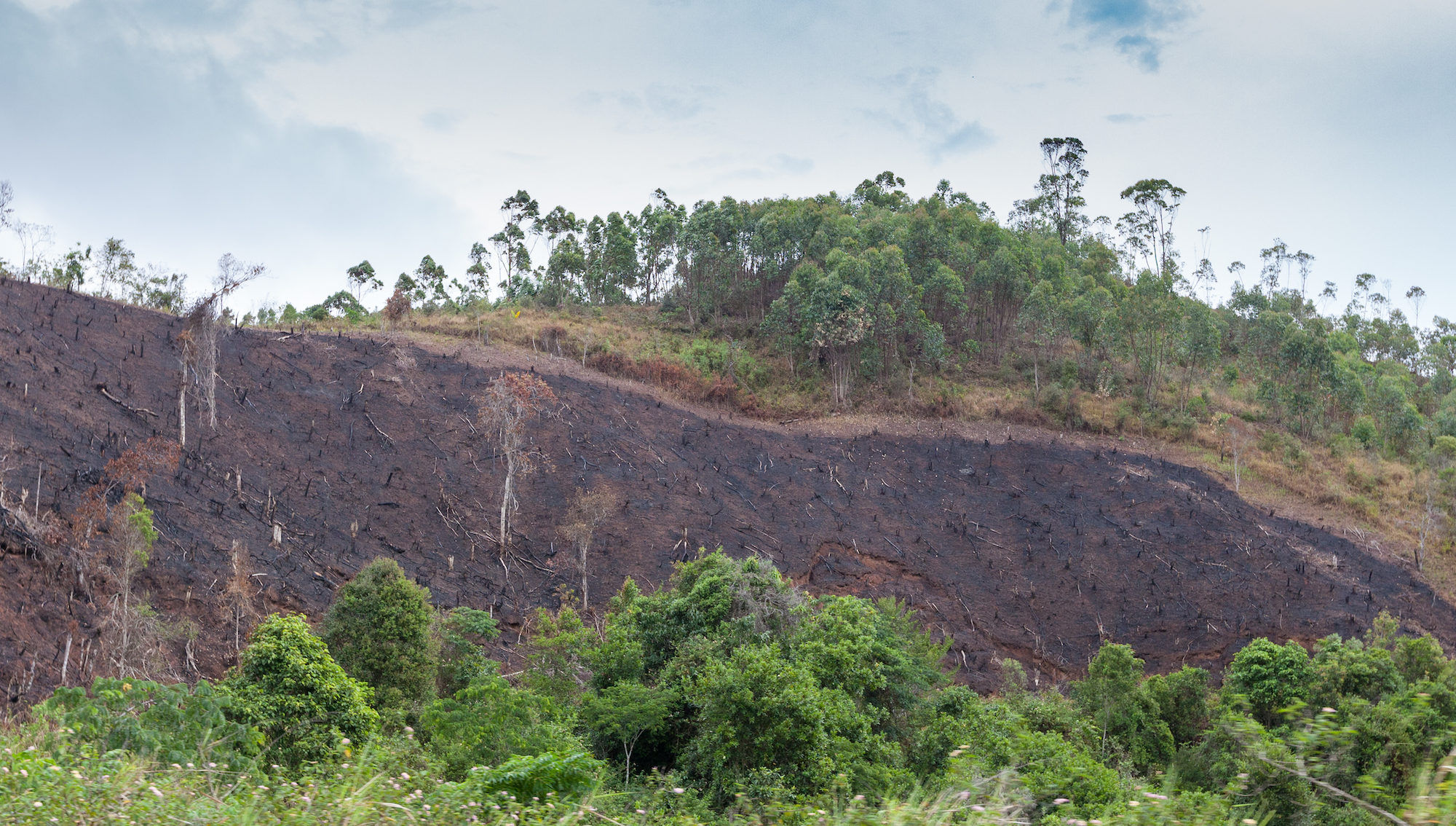Featured image: Jeremy Bishop on Pexels
Paper: Re-evaluating mid-Holocene reef “turn-off” on the inshore Southern Great Barrier Reef
Authors: Leonard, N.D., Lepore, M.L., Zhao, J.X., Rodriguez-Ramirez, A., Butler, I.R., Clark, T.R., Roff, G., McCook, L., Nguyen, A.D., Feng, Y. and Pandolfi, J.M.
A new study has reconstructed the complex growth history of coral communities in the Keppel Islands, southern Great Barrier Reef, revealing that the area might provide a safe-haven for coral under climate change.
Continue reading “Warmer climate could mean corals thrive in the southern Great Barrier Reef”



